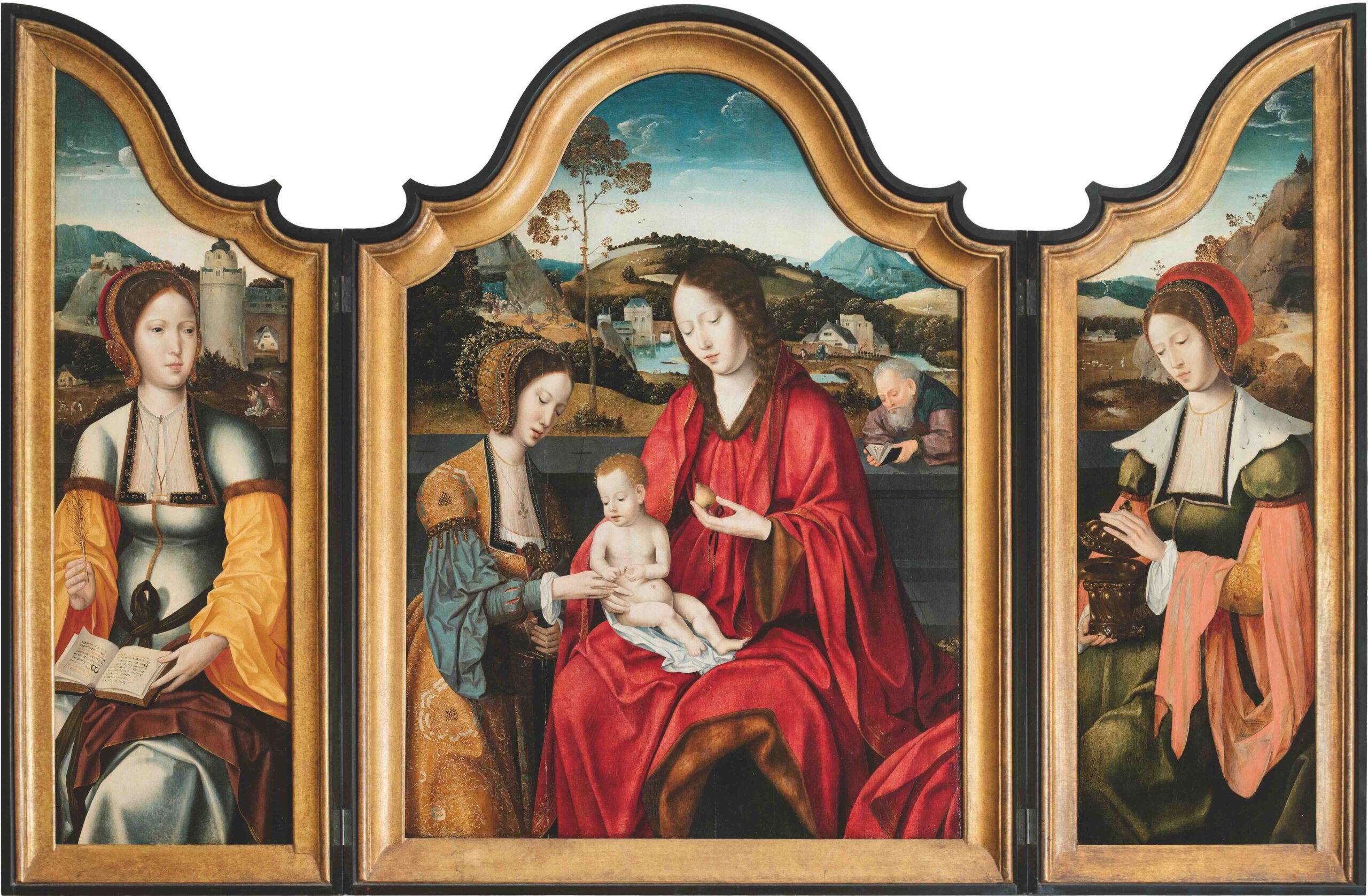
Master of the Holy Blood
Biography
ContextThis master of the Bruges school, who was active sometime around 1520, derives his name from the paintings by him in the collection of the Brotherhood of the Holy Blood in Bruges. Judging from the works which have gradually been rediscovered and added to his body of work, his production was prolific and it is logical to assume that he was in charge of a flourishing workshop.
One of the best of his works, of a Virgin with Child, Prophets and Sybils is in the collection of the Church of Saint John in Bruges.
As there is no sign of direct influence from the work of Gerard David or other contemporary Bruges painters (with the exception of Memling, from whom he often borrows the dominant horizontal and the frequently symmetrical balance of the compositions), little can be said with certainty of the training of this mysterious painter. In fact, beyond definite affinities with the Master of the Mansi Magdalena, his female figures display an ideal that comes close to that of Quentin Metsys. It would thus appear that he was trained in Antwerp, before later establishing himself in Bruges.
Aside from the excellent rendering of textures in his work, the Master of the Holy Blood often displays a certain stiffness in the treatment of the folds in cloth, which is particularly noticeable in the highly specific folds in the sleeves at the wrist. Equally characteristic is the way of placing the ears rather high up, which forms a sort of hidden signature. The skilful and judicious use of a form of chiaroscuro lends a silent force to these compositions that are generally dominated by a feeling of quiet tranquillity.


